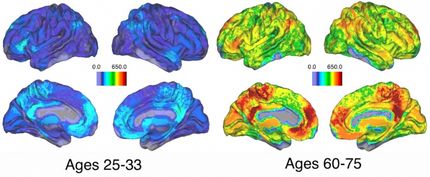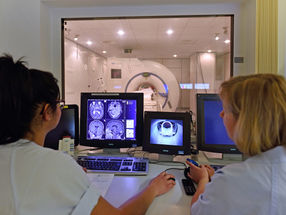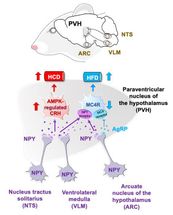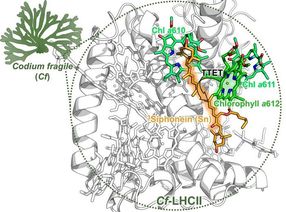Nature relieves physical pain: pain-related signals in the brain are reduced
This effect even occurs with virtual nature – such as nature videos
Advertisement
In a new study, an international team of neuroscientists led by the University of Vienna has shown that experiencing nature can alleviate acute physical pain. Surprisingly, simply watching nature videos was enough to relieve pain. Using functional magnetic resonance imaging, the researchers found that acute pain was rated as less intense and unpleasant when watching nature videos – along with a reduction in brain activity associated with pain. The results suggest that nature-based therapies can be used as promising complementary approaches to pain management. The study was recently published in the journal Nature Communications.
"Pain processing is a complex phenomenon" explains study lead and doctoral student Max Steininger from the University of Vienna. In order to better understand it and identify treatment options, Steininger and his colleagues investigated how nature exposure influences pain: participants suffering from pain were shown three types of videos: a nature scene, an indoor scene, and an urban scene. The participants rated the pain while their brain activity was measured using functional magnetic resonance imaging. The results were clear: when viewing the nature scene, the participants not only reported less pain but also showed reduced activity in brain regions associated with pain processing.
By analyzing the brain data, the researchers showed that viewing nature reduced the raw sensory signal the brain receives when in pain. "Pain is like a puzzle, made up of different pieces that are processed differently in the brain. Some pieces of the puzzle relate to our emotional response to pain, such as how unpleasant we find it. Other pieces correspond to the physical signals underlying the painful experience, such as its location in the body and its intensity. Unlike placebos, which usually change our emotional response to pain, viewing nature changed how the brain processed early, raw sensory signals of pain. Thus, the effect appears to be less influenced by participants’ expectations, and more by changes in the underlying pain signals," explains Steininger.
Claus Lamm, head of research in the group, adds: "From another ongoing study, we know that people consistently report feeling less pain when exposed to natural environments. However, the underlying reason for this has remained unclear – until now. Our study suggests that the brain reacts less to both the physical source and the intensity of the pain."
The current study provides important information on how nature can help alleviate pain and highlights that nature-based therapeutic approaches can be a useful addition to pain treatment. The fact, that this effect was observed by simply watching nature videos suggests that taking a walk outdoors may not be necessary. Virtual nature – such as videos or virtual reality – appears to be effective as well. This opens up a wide range of possible applications in both the private and medical sectors, providing people with a simple and accessible way to relieve their pain.
The study was conducted at the University of Vienna in collaboration with researchers from the Universities of Exeter and Birmingham (UK) and the Max Planck Institute for Human Development.
Researchers from the fields of neuroscience and environmental psychology worked together on this research topic for the first time at the University of Vienna. Claus Lamm and Mathew White are also members of the interdisciplinary Environment and Climate Research Hub (ECH) at the University of Vienna. The ECH brings together researchers from a wide range of disciplines to produce outstanding scientific knowledge that can provide solutions to pressing problems such as climate change, biodiversity loss and environmental pollution.


























































